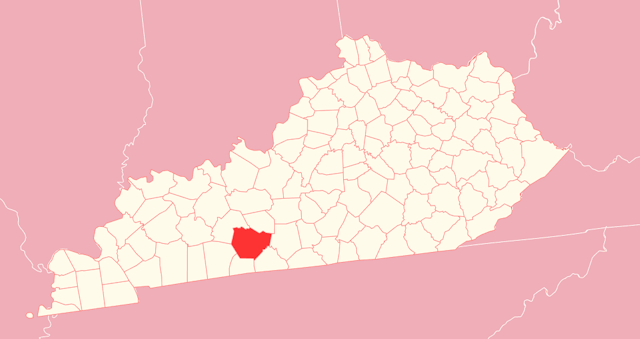Rehabs in Warren
Warren is the fifth most populous county in Kentucky, US. With its 1,420 km2 territory, Warren had a 136,630 population as of 2021 statistics. As one of the most rapidly growing areas, its population has increased by 21.89% over the past 10 years. So, the density was 97.80 per square km2 in 2021. Bowling Green is its county seat.
This province became a wet region in 2018. In January 2019, the bill came into force, allowing for overall alcohol sales. Then, according to 2021 data, there were 22% of alcohol-impaired driving deaths.
Meantime, it recorded 875 emergency department visits with substance use disorder (SUD). Although there were 27.5 inpatient hospitalizations, the deaths from drug overdose were 14 per 100.000 people.
Despite the population density, the substance abuse epidemic does not yet threaten this province. That is, residents can overcome substance addiction crisis with the help of Warren County rehabs.
Drug and Alcohol Evaluation
As a rule, the first step toward recovery starts with evaluation. Everyone who has more or less faced abuse or addiction should pass an initial assessment. During this process, one of the medical specialists will ask questions about your health state.
Then, a psychologist will check your mental and behavioral health. For the final point, you should undergo physical tests. The results of the evaluation determine the rehab program that you need.
Rehab Programs
Citizens of this region have every opportunity to recover from drug and alcohol abuse. Warren county rehabs provide all necessary programs tailored to each individual's needs. Here, no one remains without treatment regardless of the ability of pay, age, and gender.
Detox
Detox cleanses the human body of chemicals as the first step in recovery. It helps specialists carefully manage the withdrawal symptoms of clients. They sometimes provide medicines to ease the pain. After thoroughly cleaning the body, clients will transition into residential care.
Inpatient (IP)
Medical facilities include various healing methods and activities at the inpatient level of care. Daily group meetings take place in a supportive environment. Members learn the necessary skills that motivate them on their path to recovery.
Individual sessions with an addiction specialist help patients focus on their needs.
A short-term inpatient plan lasts 30 days. Thus, a long-term IP can last 60-90 days and sometimes more than a year.
Outpatient (OP)
OP, as a minimum level, helps patients to control new onset behavioral changes and issues related to substance abuse. Patients moving from residential care have to overcome more complicated concepts.
They adopt practical methods to help them grow and prosper in recovery. In fact, OP ensures a smooth transition to everyday life. It takes place one or two days weekly, for 2 hours. The program lasts until a client is fully healed.
Intensive Outpatient (IOP)
People who can easily overcome detoxification and do not require residential care may attend an intensive outpatient program. They can adapt their healing process to outside life. In contrast to the intensive one, it demands more personal investment for recovery.
Opioid Addiction Treatment
Many factors can cause opioid addiction, such as illnesses, injuries, chronic pains, pregnancy, etc. When people start using chemicals, they do not believe they might become addicted. However, after the first use, their body demands that substance. Hence, individuals lose hope of kicking the habit forever.
For that reason, some specialty centers focus on this type of addiction. They use proven methods such as medication-assisted treatment (MAT). It stabilizes the state of a person and prevents craving.
Payment for Rehabilitation Without Insurance
Very often people can not afford to pay for the recovery costs. As a result, they lose more precious things; health and time. Yet, multiple solutions are given to prevent that from happening.
Patients may pay with other options if they or their loved ones need treatment but do not have insurance. Medical centers offer Medicaid, Medicare, and sliding fee scales.
Even more, they provide grant funds to those clients who pay by self-pay option. Besides, some clinics will tailor their services according to your ability to pay.

